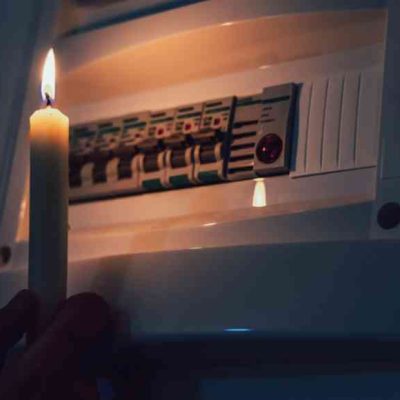A potential earthquake with a magnitude of 6.5 could destroy ten thousand buildings and kill over a thousand people in Cologne, Germany. The lack of preparation by authorities and emergency responders for such a disaster scenario is a major concern. The last strong earthquake with a magnitude over 6.0 in Germany occurred in Ebingen in 1911, causing significant damage to over 6,000 buildings. However, there are still tectonic weak zones in Germany, such as the Rhine Rift, where strong earthquakes can occur. According to Gottfried Grünthal from the German GeoForschungszentrum Potsdam (GFZ), statistical analysis shows that an earthquake with a magnitude of 5.5 can be expected in the Lower Rhine Valley every 100 to 300 years, while an earthquake with a magnitude of 6.5 can be expected every 1,000 to 3,000 years.
To assess the potential impact of such an earthquake, the GFZ has simulated a disaster scenario on behalf of the German parliament. The simulation assumes an earthquake with a magnitude of 6.5 at the Erftsprung, 20 kilometers west of Cologne. The study shows that such an earthquake would affect 2.4 million people in Cologne and the surrounding area, with tremors felt hundreds of kilometers away. The earthquake waves would be amplified in the Cologne area due to resonance effects of the underground, potentially reaching an intensity between VI and VIII on the EMS scale. The simulation also predicts that over 10,000 buildings in the city could suffer moderate to severe damage, with older buildings at risk of complete collapse. The impact on the population of Cologne would be catastrophic, with the realistic possibility of hundreds to thousands of deaths and thousands of injuries. The disaster would also cause additional problems, such as defects in chemical and oil tanks, partial destruction of the sewage system, and partial failure of the water supply.
The GFZ study highlights the lack of preparedness by authorities and public organizations for such a disaster scenario. Unlike floods and storms, earthquake scenarios are rarely practiced due to their rarity. The necessary procedures, impacts, and problems are therefore not well known. The study authors recommend that hospitals, water suppliers, and emergency responders should be better trained for such a scenario in the future to minimize the impact of a potential disaster.










